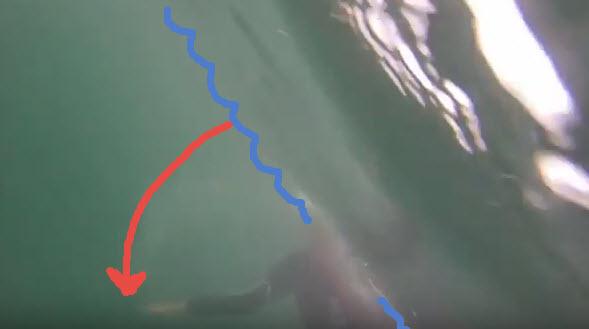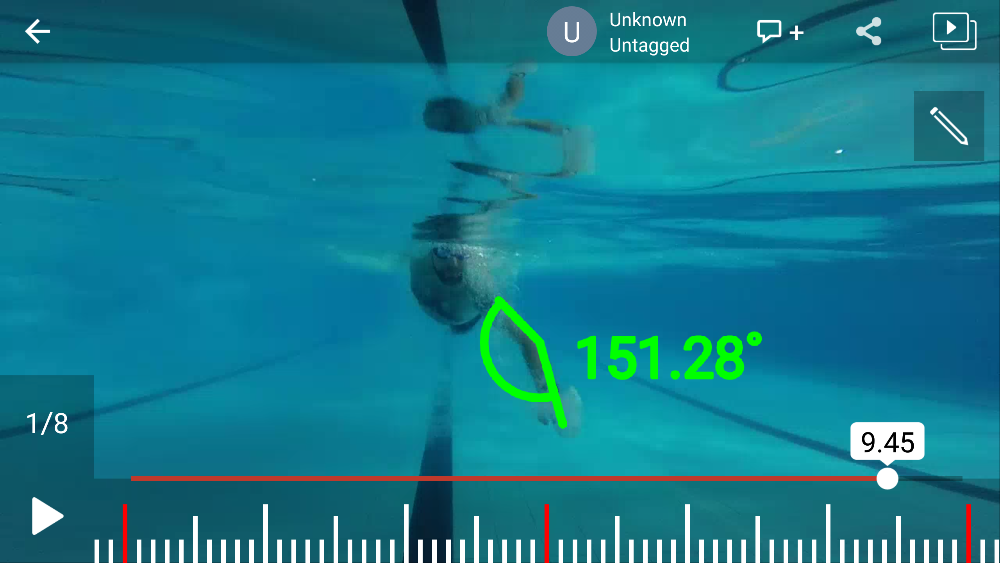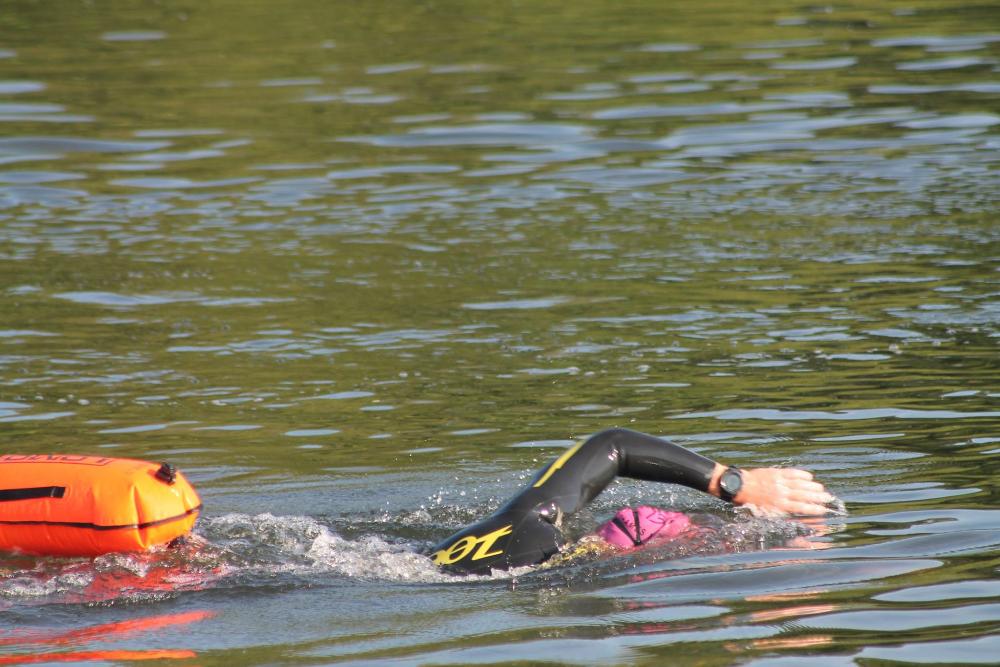Blog categorized as Stroke Technique
The pull 'catch phase' is very important in generating power and propulsion.
Many swimmers, especially if they are self taught, will adopt a pull that follows the classic S-shape pull where you pull outwards then in then under the body; or will pull with a straight arm which in fact pushes downwards ...
I'm a firm believer in the importance of 'conditioning' for any sort of endurance sport, which means conditioning the body and mind to be able to endure tough conditions for longer periods of time through extended exposure to stressful environmental conditions.
These conditions occur naturally and es...
At last night's club session we had two very different levels of swimmer.
One was a seasoned IronMan athlete, who has competed in four IronMan Wales events and is doing his fifth one this year.
Andy's wife Nid was the other swimmer, having decided she wants to give sea swimming a go. Nid is a complet...
In this blog we examine the importance of balance in the water and demonstrate how the head is often responsible for a chain reaction of issues with the stroke.
Here you can see initially that the swimmer's arm is too straight on the overarm cycle.
Generally, especially in pool swimming, the arm shou...
Although there are many factors to consider before getting to the pull phase in freestyle, the correct arm angle in the pull phase is critical to maximise power and stroke efficiency and thus propulsion through the water.
Here we analyse stroke techniques of two swimmers.
The fastest stroke and the most popular for long distance and sprint events such as triathlon, front crawl, also known as freestyle, is probably the most important stroke you will need to master both as a recreational and competitive open water swimmer.
Mastering front crawl however takes time and a ...
One of the most common problems people face in swimming, especially those who are new to the sport, is poor leg positioning in the water.
Lowering of the feet and legs causes additional drag, which in turn affects the energy used to move through the water.
This problem can often be attributed to one o...
The head is probably the most important element of your swim stroke - basically the body will follow whatever the head does: over turn the head during the breathing, you will over rotate the body; keep the head up too high, you will lower the legs.
Tim is a newcomer to the sea swimming scene and - ha...
Here we see Tim practising his arm stroke, which needs more of an extension on the arm entry, glide & catch phase and the right arm needs work to extend to enter the water going forwards and not in front of the head, which it tended to do when Tim got tired. This causes immediate resistance in t...
This is nothing new to SCUBA divers, but the ability to take notes or draw diagrams in the water is quite useful when doing open water swimming coaching.
We use this writing slate and pencil from Mares, primarily designed for SCUBA diving, simple but highly effective.
This is us taking notes on a stu...
Here we can see our swimmer's leg positioning needs work to improve hydrodynamic efficiency and reduce drag.
The kick could be stronger to give more propulsion, but on long distance swims 4 or 2 kick/pull cycle will conserve energy, however if the legs are apart and if there is not much flexibility ...
Categories
- Uncategorized
(0)
- Tips and Tricks
(22)
- News
(5)
- Events
(5)
- Kit Reviews
(15)
- Stroke Technique
(11)
- Wildlife
(8)
- SwimRun and SwimHike
(14)

.png)


